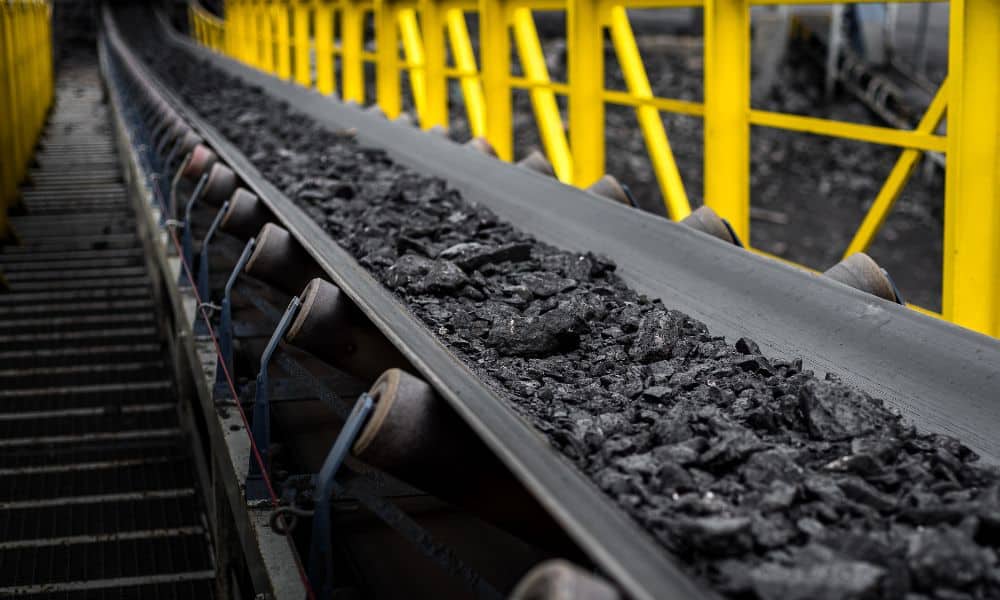
Have you ever wondered where conveyor belt systems came from and how they operate? Read on to learn more about this technology and understand its historical significance.
Early Days of Conveyor Belt Systems
The earliest conveyor belts originated sometime in the 1790s—these systems were completely human-powered, as workers used hand cranks and pulleys to move items. Canvas, rubber, and/or leather belts were laid over flat, wooden beds. These conveyor belt systems were primarily used in shipping ports or on farms for moving grains.
It was only about a decade later that steam-powered conveyor belts became standard, as steam-power technology had already existed for many years at that point in history. This innovation was one of the catalysts of the British industrial revolution, as businesses and the military harnessed conveyor belts’ potential to increase production and reduce labor.
Inventor Thomas Robbins created the first mining-specific conveyor belt system for the Ore-Milling Company, owned by Thomas Edison, in 1892. His invention was so significant that he was awarded the grand prize at the World Fair (in Paris) in 1900. Henry Ford accelerated American industrialization when he incorporated conveyor belt systems into his assembly lines—this innovation was only possible thanks to inventor Hymle Goddard’s patent for a roller conveyor belt system.
Modernization of Conveyor Belt Systems
Over the next few decades following Robbins and Ford, conveyor belt systems slowly became more advanced and helpful. For instance, during WWII, shortages of natural resources like rubber, cotton, and canvas forced manufacturers to create belts with synthetic materials, like urethane and other lab-made rubbers. By the 1960s, most beltings were synthetic, lightweight, and ultra-durable.
Conveyor belt systems slowly found their way into different applications, such as the first rotary sushi restaurant, created in 1958 by owner Yoshiaki Shiraishi. By the 1980s, roller conveyor belt systems began utilizing internally powered rollers and motorized pulleys. This addition sped up production and reduced maintenance costs.
Modern conveyor belt systems still share the basic function of their earliest iterations but perform astronomically more efficiently and provide helpful features like A.I. automatization. Some companies are creating solar-powered conveyor belt systems to help reduce energy consumption and environmental impacts.
Understanding the Basics
Now that you know more about the history of conveyor belt systems, let’s break down how they work. The basic design of a conveyor belt system is a belt placed over rollers. Two motorized pulleys wrap around the belt and spin to move the entire belt in the desired direction. Additional rollers provide more stability for heavier objects. Furthermore, extra motors and sensors are implemented to increase performance and help move items, such as mining materials, up and down different elevations.
Understanding what conveyor belts are and where they come from can only help you, especially if your business requires this technology. Discover the benefits of our mining conveyor systems sold here at Cambelt International today!
